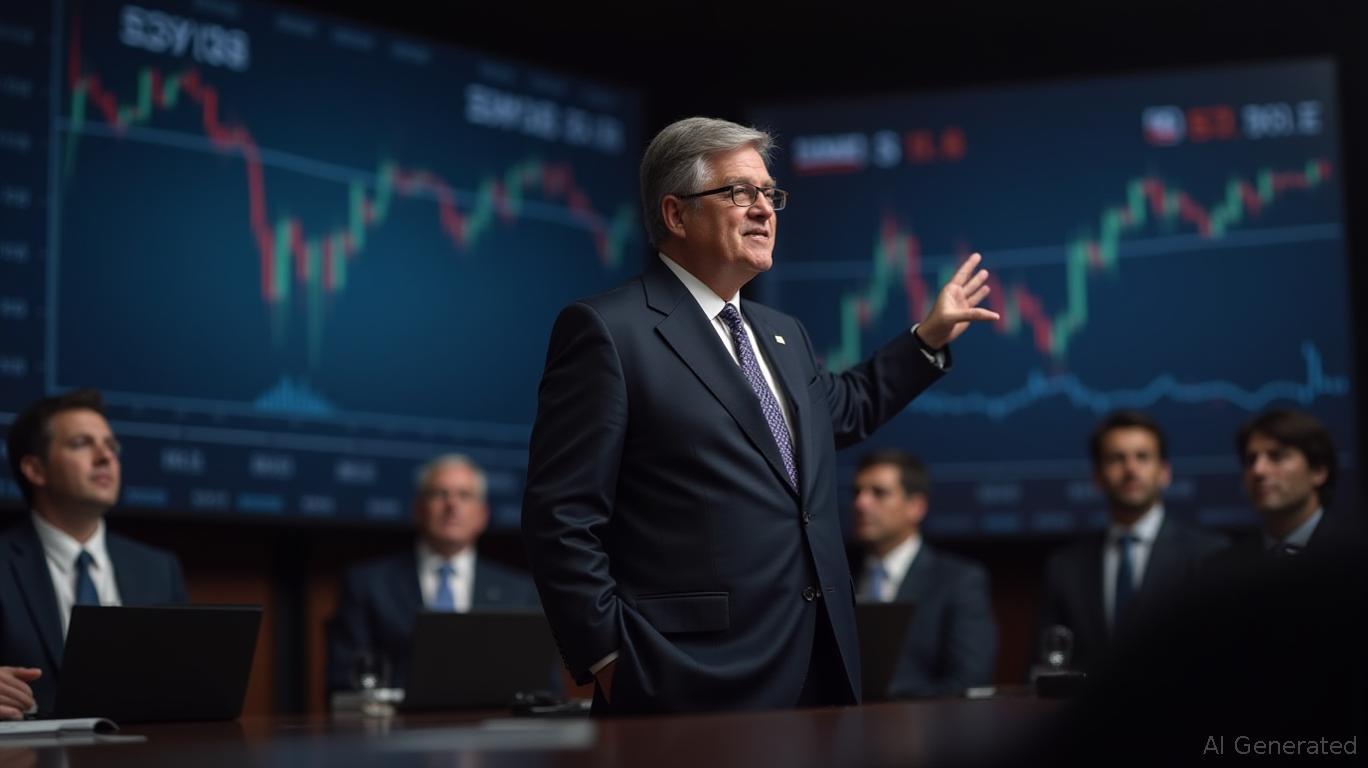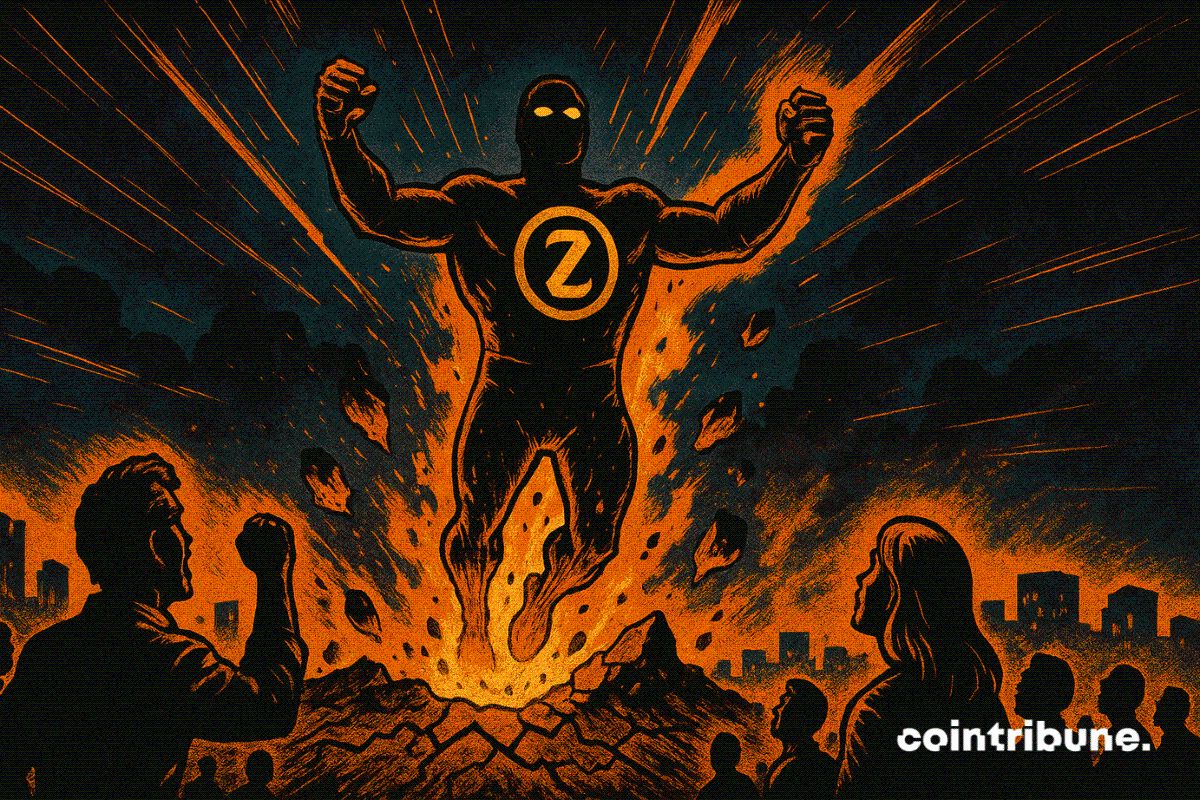Bitcoin Updates: Fed’s Softer Stance Supports Both Economic Expansion and Inflation—Positive Momentum for Crypto
- The U.S. Federal Reserve cut rates by 25 bps to 3.75%-4.00% on October 29, 2025, ending quantitative tightening by December 1, easing liquidity constraints. - Crypto markets initially dipped post-announcement but gained analyst support as lower rates and weaker dollar historically boost Bitcoin and Ethereum as hedges. - Institutional crypto demand remained strong with Coinbase reporting 2,772 BTC inflows and Bitcoin ETFs seeing net inflows, while Tether's USDT supply surpassed $183 billion. - The Fed's "
The U.S. Federal Reserve's move to lower interest rates by 25 basis points on October 29, 2025, had a significant impact on global financial markets, with digital assets such as

Prior to the announcement, crypto markets experienced heightened volatility and initially dropped as investors reacted by "selling the news," according to
The Fed's latest policy reflects mounting worries about a slowing job market and economic headwinds, even as inflation approaches the 2% target. With unemployment climbing to 4.3% and some economic indicators delayed due to a government shutdown, the central bank opted for a "measured and adaptable" easing strategy, according to analysts at
Institutional interest in cryptocurrencies remained strong.
Looking forward, investors will pay close attention to the Fed's December meeting for indications about the trajectory of further rate reductions. If a third cut occurs in 2025 alongside the official end of QT, it could further boost crypto through increased liquidity. Nevertheless, potential risks persist. A shift back to a more hawkish policy or unexpected inflation could spark renewed volatility, especially as geopolitical and regulatory uncertainties linger.
At present, the Fed's recent moves have strengthened the perception of a supportive policy environment, positioning crypto to benefit from lower yields and a weaker dollar. As one analyst remarked, "The Fed is no longer solely prioritizing inflation control but is now also addressing economic vulnerabilities—a change that may provide fresh momentum for Bitcoin and Ethereum."
Disclaimer: The content of this article solely reflects the author's opinion and does not represent the platform in any capacity. This article is not intended to serve as a reference for making investment decisions.
You may also like
Blockchain: Onchain revenues explode to nearly $20 billion in 2025

Zcash Soars 130% in a Month, Breaking All Records

Tokenized Deposits and Stablecoins: Competing for the Future of Blockchain-Based Finance
- Omid Malekan criticizes tokenized deposits for limited flexibility and interoperability compared to stablecoins, which offer cross-platform utility and 1:1 reserves. - Standard Chartered forecasts a $2 trillion RWA market by 2028, driven by DeFi growth and stablecoin liquidity, with Ethereum dominating due to its reliability and ecosystem. - Regulatory clarity, especially in the U.S., remains a critical challenge, with Standard Chartered warning of potential delays before 2026 midterm elections. - The de

Dogecoin News Today: Contrasting Paths: Dogecoin's Institutional Expansion Against Shiba Inu's Foundational Challenges
- Dogecoin gains institutional traction via T. Rowe Price's SEC-approved ETF, signaling growing confidence in meme coins with liquidity and community. - Shiba Inu struggles with structural issues: Shibarium's TVL fell below $1M, daily transactions dropped 99%, and utility deficits persist despite token burns. - Crypto markets shift toward utility-driven assets like AI compute and DePIN, leaving meme coins competing against projects with verifiable use cases. - SHIB's community pushes for AI integration but
